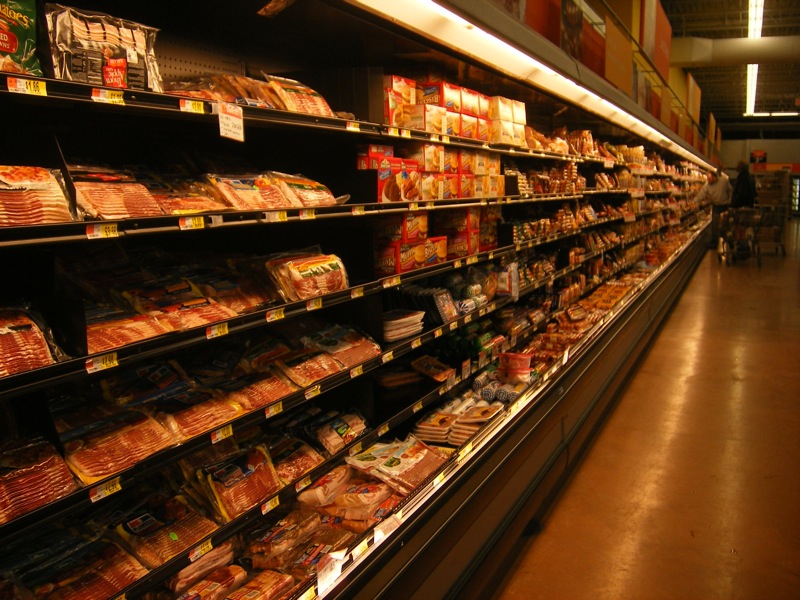Local Growers and Rural Grocers Should be Allies
Posted on March 25, 2021

If you think growing food in rural America is a tough business, you should trying selling food—groceries—in rural America.
Just how tough is it?
The 2019/20 Minnesota Rural Grocery Survey Report that found 77 percent of the state’s rural grocery stores make “an average or lower than average net profit of 1.1% after taxes.”
As thin as that ice might be, the Minnesota report, conducted by Regional Sustainable Development Partnership of the University of Minnesota’s Extension Service, still found many rural storeowners are committed to serving their communities and customers.
In fact, it identified 250 grocery stores in communities of 2,500 people or less scattered throughout Minnesota. Fifty-five percent of them, or 129 stores, completed and returned the detailed, 2019/20 survey. Some of the information they supplied was routine, like profit margin.
Other data, however, was both surprising and informative. For example, the 20-page report noted that:
–85 percent of the owners owned or managed a single store and 79 percent lived in the same community as their store.
–33 percent of today’s owners are women and, for owners under age 50, that level increases to 45 percent.
–96 percent of local storeowners say they have a personal “responsibility” to their communities and, on average, each store employs two high-school students, three full-time adults, and five part-time adults.
–Surprisingly, 49 percent of the surveyed Minnesota stores say they already buy locally grown food either from farmers directly or through wholesalers, and 41 percent would like “increased access to local foods.”
–And, equally surprising, “85% of rural grocers said that they would potentially (44%) or certainly (41%) order locally produced foods if their grocery wholesaler highlighted those items as local in their catalogs.”
In a mid-February presentation to the Sustainable Farming Association (SFA), a Minneapolis-based group that supports local food growers, Kathryn Draeger, one of the co-authors of the 2020 grocery study, explained that all those numbers add up to solid opportunities for store owners and local farmers to work together to sell more fresh, sustainably grown food in their communities.
The fast-growing Covid-19 pandemic last spring, noted Draeger, hammered home that need as national or regional meatpackers, milk processors, and food manufacturers couldn’t pivot from suddenly closed institutional customers to thousands more at-home individual customers.
Into the breach, she explained, stepped local grocers who saw sales soar 50 percent last spring and still see pandemic-powered sales about 10 percent greater than year-earlier levels.
It suggests, Draeger noted in her SFA address, that government—such “as the Department of Defense or Homeland Security”—could better promote community “resilience” by underwriting more efforts to boost local food production and local food sales.
Indeed, there are crucial elements to this local loop that all but require more federal and state involvement, Draeger noted. For example, rural grocers told researchers that one key “barrier” to their buying local was “understanding the rules and regulations for selling local produce.”
Government action needs to make plain, and perhaps reform, the tangle of local, state, and federal food inspection and packaging rules that often slow or halt local food efforts—especially meat—by local sellers.
And it needs to hurry.
More and more, local grocery owners are under threat from “national dollar store chains” that, the Minnesota survey confirmed, are quickly moving in. Since 2015, in fact, “(M)ore than half of grocers (54%) had a dollar store move into their community,” and “11% report… a dollar store is actively being planned to move in…”
Rural America doesn’t need more national, mini-everything stores that haul out a fresh batch of greenbacks everyday without ever hauling in green vegetables or fresh meat. It needs more locally owned grocery stores selling more locally grown food to more local friends and neighbors.
That’s real food security and that should be a key element in any real Farm Bill in the future.
© 2021 ag comm
Share This